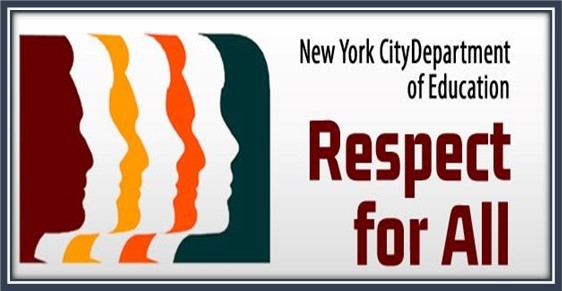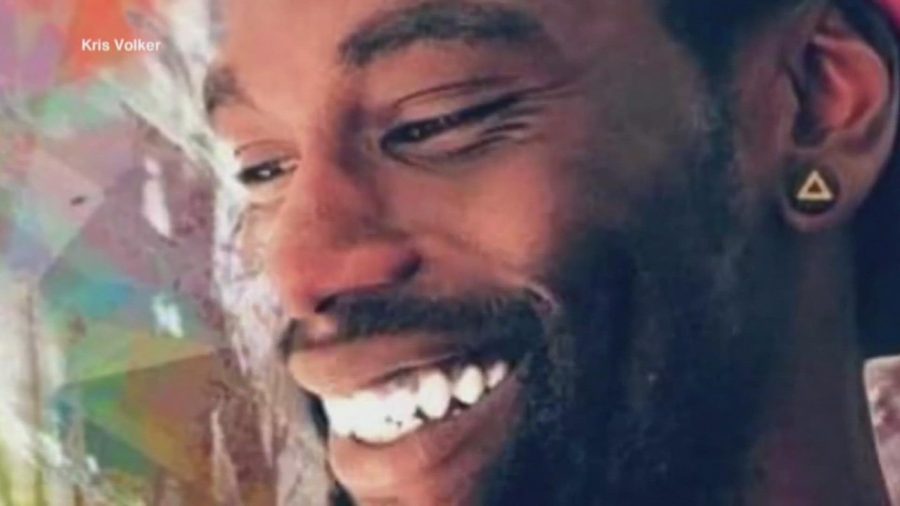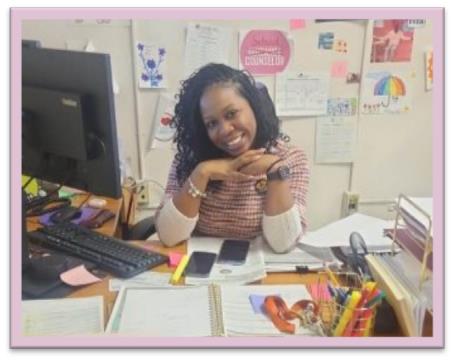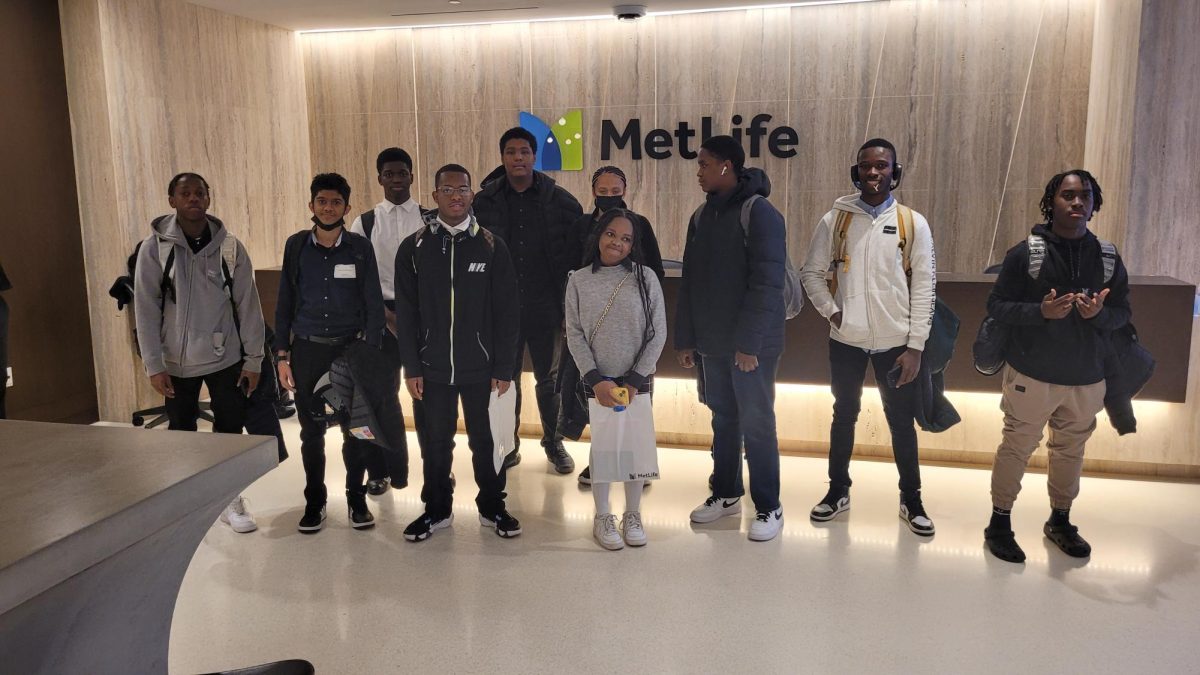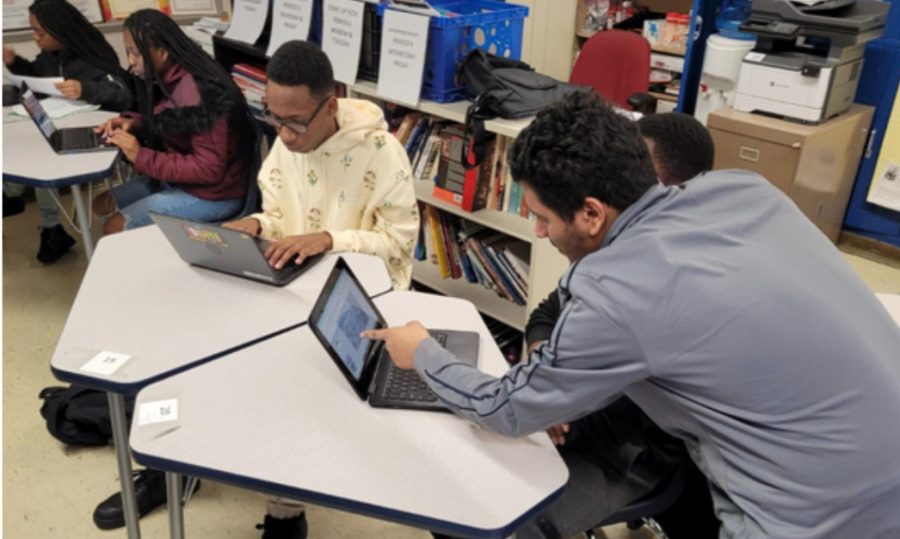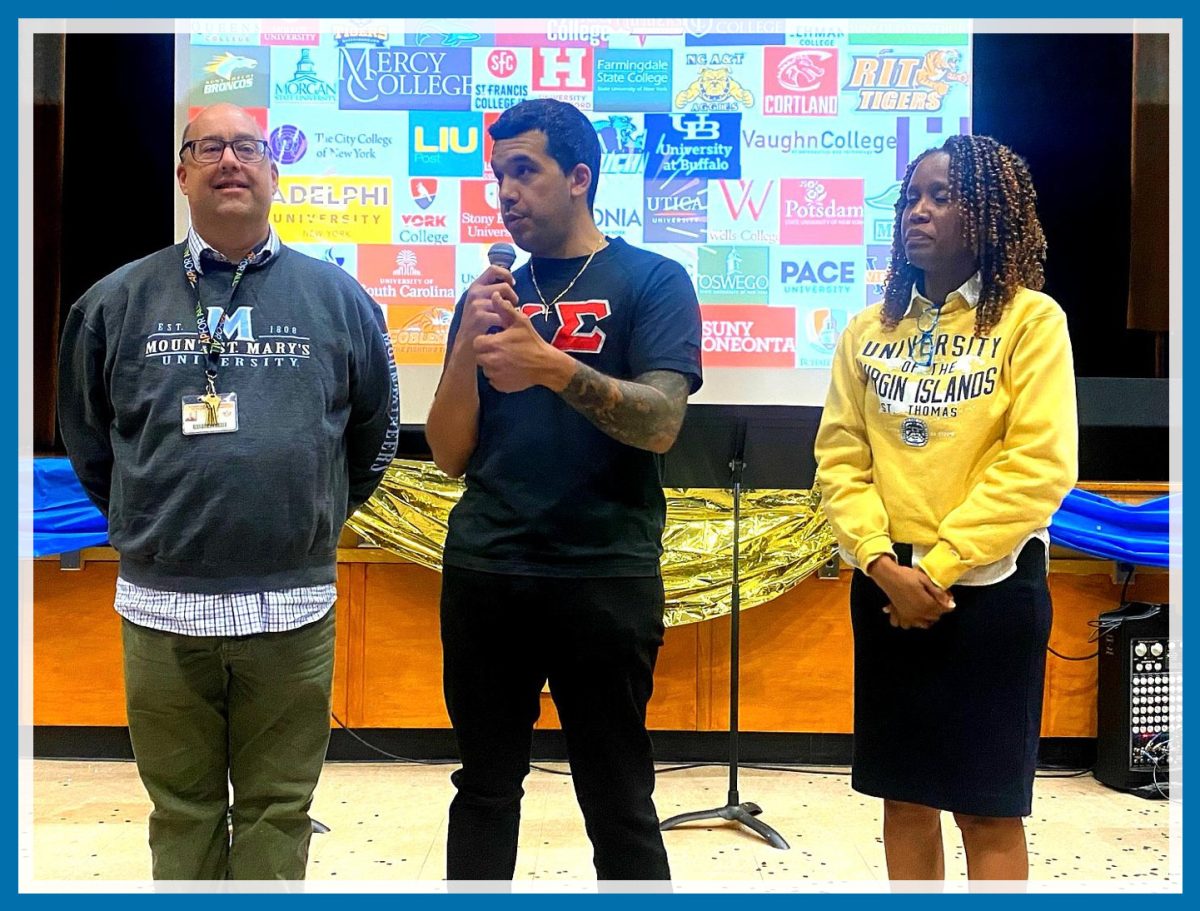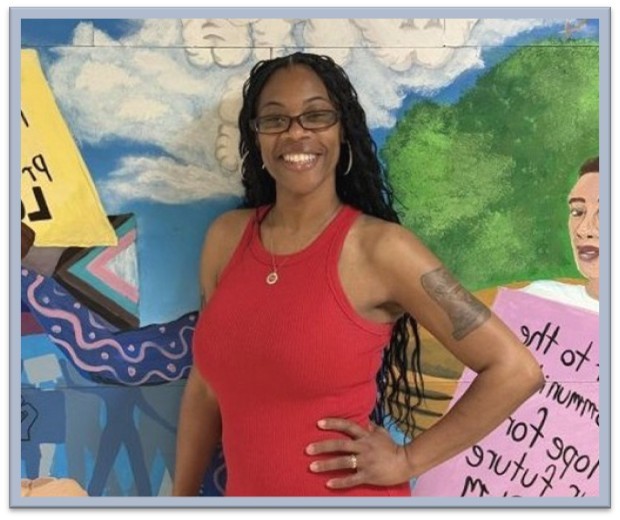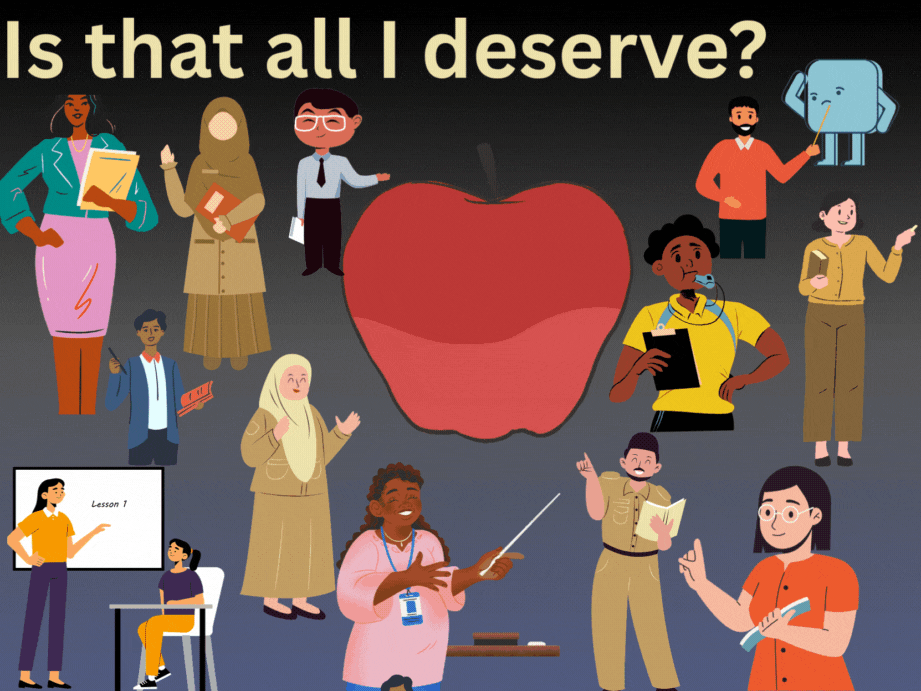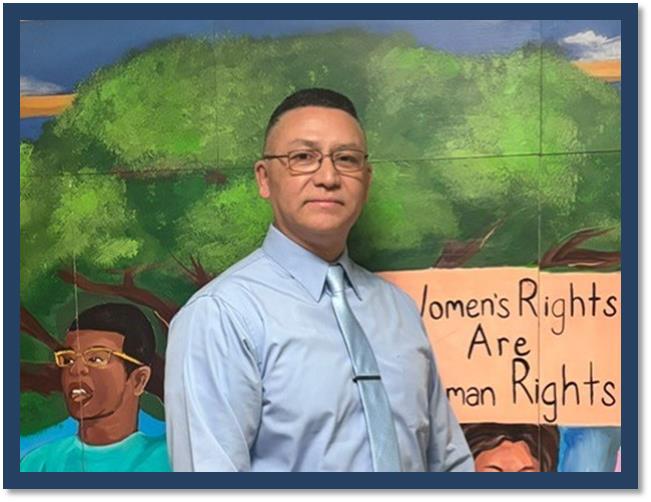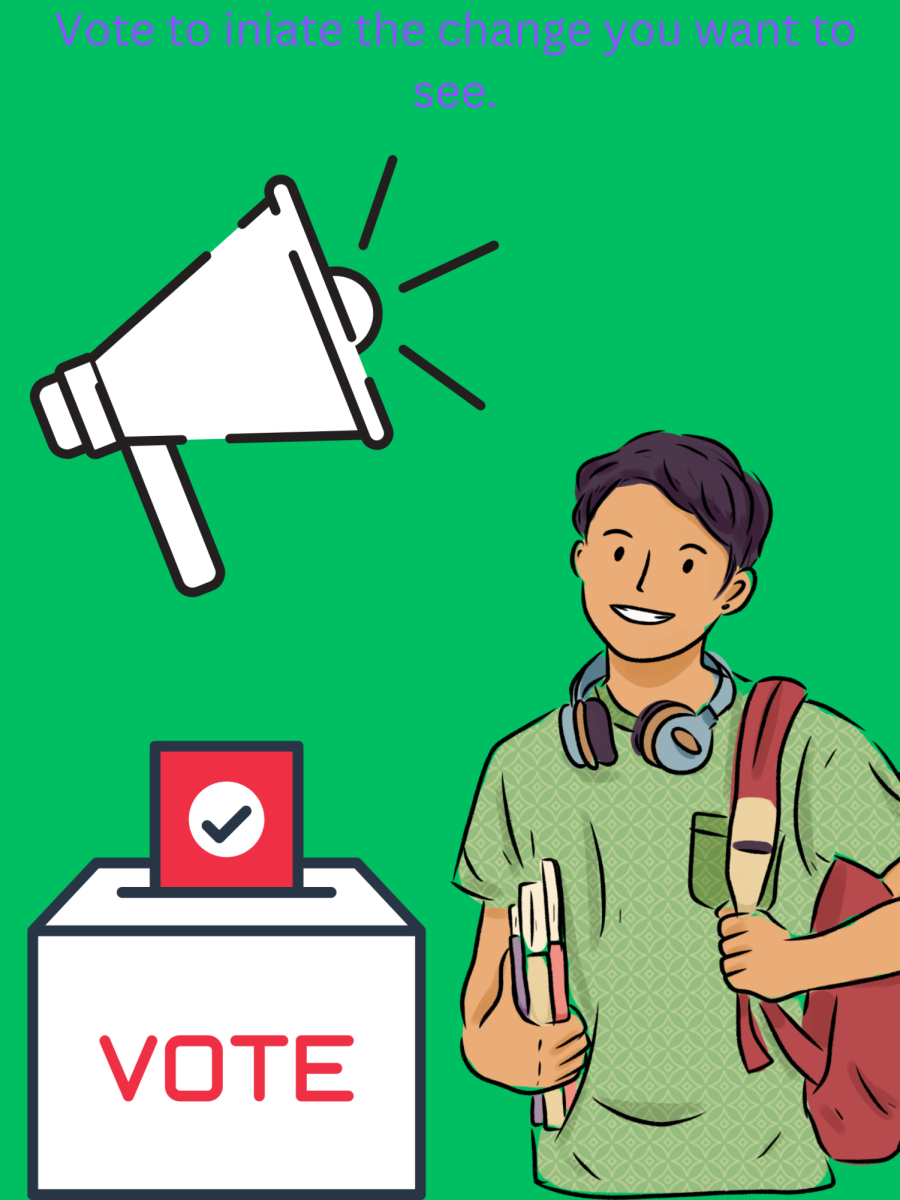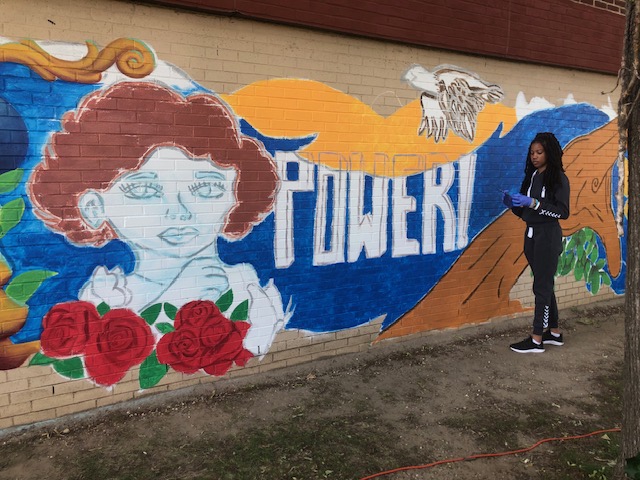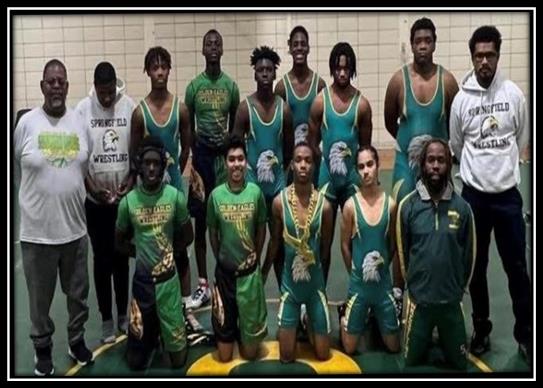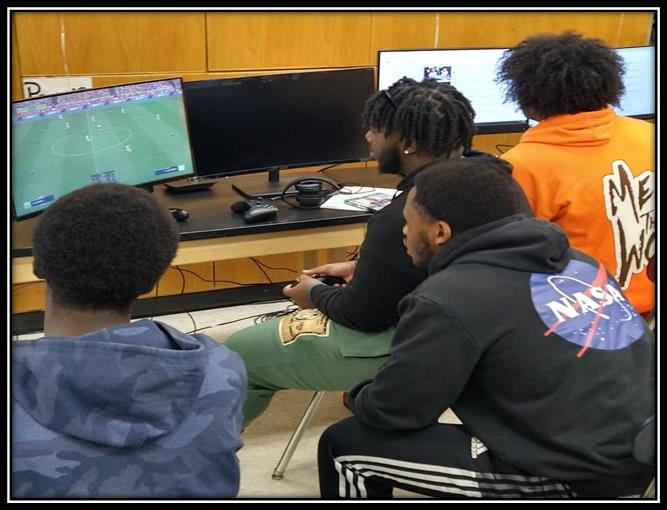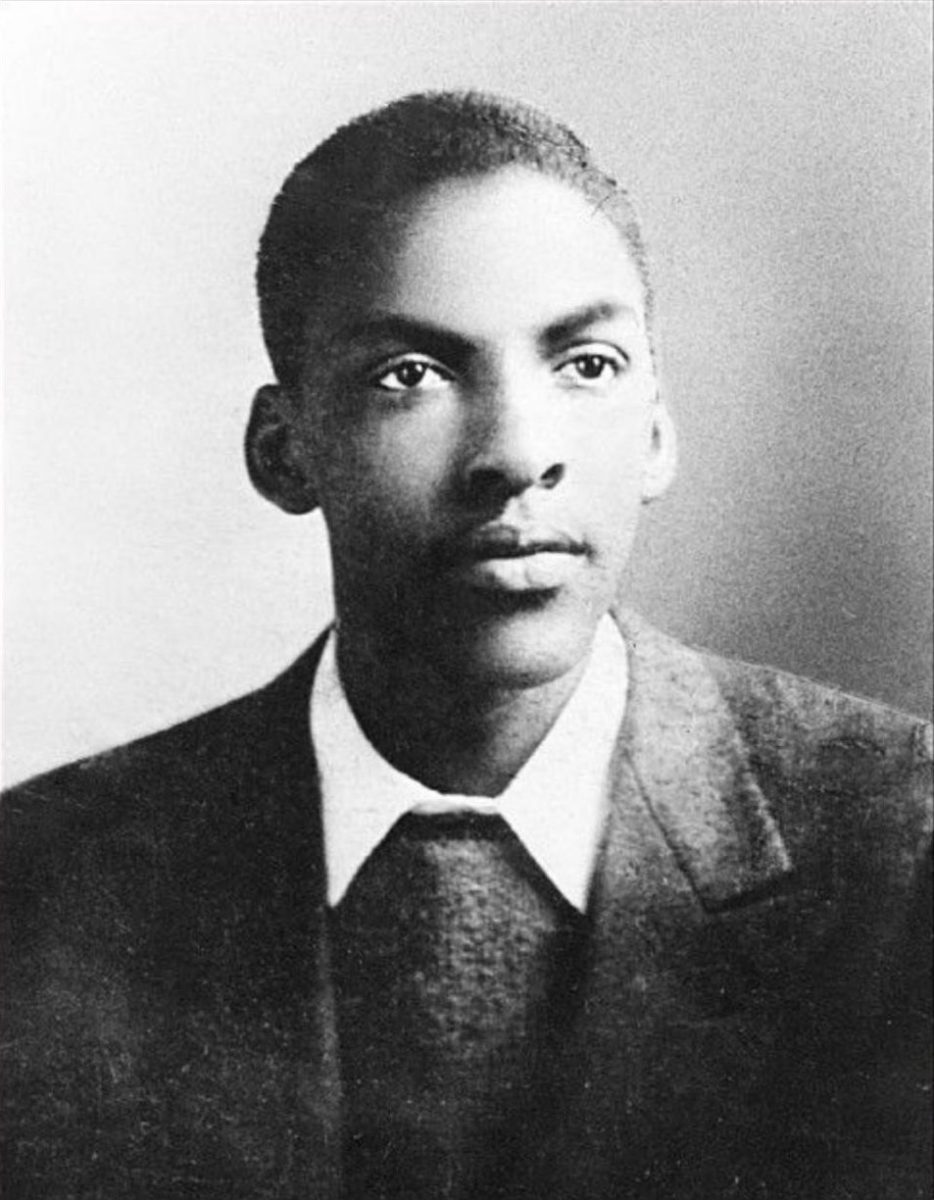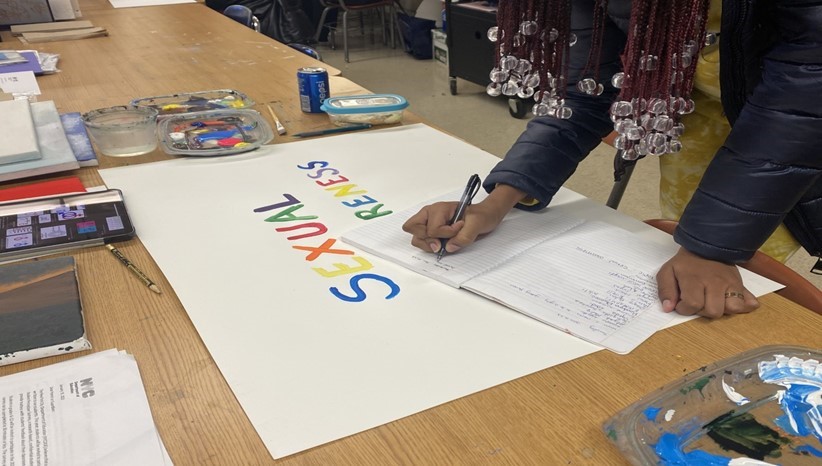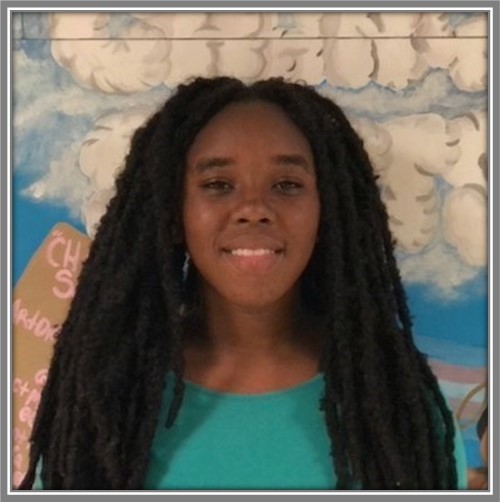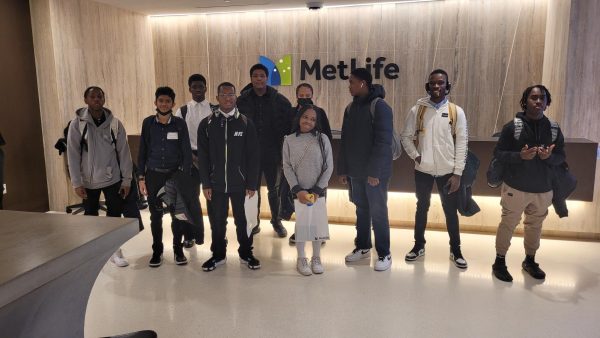
Ever since the rise in popularity of self-employment or “being your own boss” many Americans have dreamed of owning their own business. This is primarily due to the fact that business owners typically have more time, flexibility and decision-making power, making it a highly sought out profession. However Global Entrepreneurship Monitor (GEM) reports that only one in four Americans are entrepreneurs or self-employed.
Why is that so? According to the U.S. Bureau of Labor Statistics, one in five American businesses fail in their first year due to issues like funding, management and motivation.
The path to entrepreneurship is paved with challenges, but to succeed you have to look past that. Entrepreneurs like Kamaria Warren, (founder of Brown Girl Stationery, a brand of school supplies with brown girl representation), Hart Main (founder of Mancans, a brand of manly scented candles), or twins Neeka and Leila Mashouf (founders of Rubi Laboratories, a company aiming to mass produce environmentally friendly clothing), will tell you that every drop of sweat was worth it.
Paving the Way
These young business owners saw issues and opportunities and decided to make business out of them. They worked hard and faced challenges but that didn’t deter them and eventually accomplished their goals. Another such example is Robyn Rihanna Fenty.
Robyn Rihanna Fenty was born February 20, 1988. She is a very recognized singer, actress, and businesswoman. She owns a makeup company named Fenty Beauty that focuses on a wide range of traditionally hard-to-match skin tones with formulas that work for all skin types and complexions. The entire operation is worth US $2.8 billion, of which fifty percent belongs to its CEO, Rihanna. She achieved those high numbers in less than 10 years which is a significant accomplishment, and many young people across the world see her as a role model to follow and admire.
Problem Solving
At QPA, we pivot to enlighten minds just like Rihanna’s by enforcing ideas of business and service building in different areas of interest in entrepreneurship and startup tech classes. Our Entrepreneurship and Startup Tech classes encourage students to tackle community, school or societal issues.
Often, big companies are fully managed by adults which doesn’t allow for new perspectives. This brings in challenges that seem difficult to solve due to the lack of varying point of views. On the other hand, when companies are managed by both adults and young people, it creates a whole new world of possibilities by bringing in new perspectives and ideas which allow them to target broader audiences like different ages and ethnicities.
Learning the Ropes
Entrepreneurship is a part of the STEEAM curriculum at Queens Preparatory Academy that focuses on science, technology, engineering, entrepreneurship, art, and math. This course gives students the opportunity to connect to the business world and teaches students the ins and outs of business ownership.
However, before taking this course students take Start-up Tech in the ninth grade. In Start-up Tech, they learn about coding, along with website and app creation using the MIT platform; laying a foundation for entrepreneurship in the 10th and 11th grade.
The startup showcase is an opportunity for student teams to present their mobile apps and abbreviated business plan to a panel of judges. This directly gives students opportunities to network with and demo to local business community professionals and community leaders. They then reflect on their experiences and continue to grow. Startup Tech students can choose to or not enter the startup showcase. However, they must consider that this is an opportunity that can give them an advantage in their entrepreneurship journey.
Things like the lean canvas (a 1-page business idea organization template), SMART GOALS (an acronym to help set proper goals) and the entrepreneur mindset (9 believed qualities of an entrepreneur) are learned in Startup Tech that are directly used in the entrepreneurship course. After laying this foundation and passing the class they are ready to take the next step towards creating their business.
Breaking Down the Course
In the entrepreneurship course students are exposed to different mediums that help them create business ideas, that is if they didn’t create one in Start-up Tech or want to change it or institute their business. The lean canvas, for instance, aids them in organizing and outlining their business idea into a single page business model.
QPA is not the only one to use this model. Both Uber and Grubhub used the lean canvas to start their business. Students also get the opportunity to meet professionals in their field who give them advice on their project ideas. They’re able to visit companies like Microsoft and MetLife where they expand their knowledge of business and technology.
So far, students love this course and are satisfied with what they are learning. According to QPA sophomore Dimitri Fredrick, “This course is engaging and information packed. It teaches skills like time management and goal planning which can be used outside of school.”
One QPA junior said, “It’s fun and very creative,” and believes the course is most engaging “when we do hands-on activities like designing backpacks and desks.” He also admits he would encourage others to take the class because of that.
Everything they learn can help them enter the regional competition, where students who meet specific requirements have the opportunity for their idea to get funded. First, students submit business ideas to go to Nationals. If they go, they may win and get funding for their business ideas. If they only make it to regionals, they get 100 dollars.
Striving for Success
Mr. Bednar, the instructor for this course, aims for at least three to four groups to enter the regional competition. He hopes each student will pass the course and move on to cyber-security, entrepreneurship or Queensborough Community College to participate in their python programming class. Whether using it as a means to a side hustle or main income, he wants students to feel confident going forward with this course under their belt.
Mr. Bednar tries to ensure every student at least leaves this class with a passing grade and some business ethic. Of course, he aims higher, but he wants students to have the minimum under their belt. He has faith that if they apply themselves and work hard every student will be able to achieve this and more.


